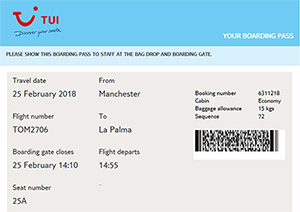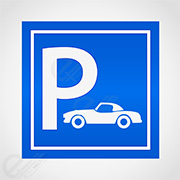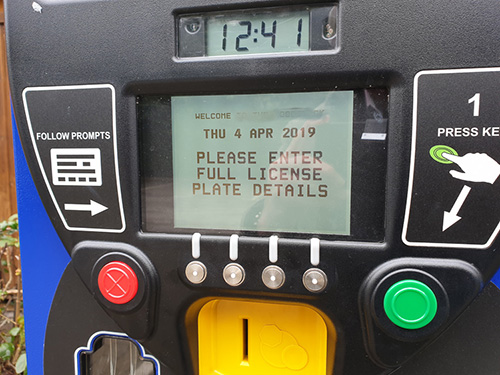Software and Law
Now in the 21st century, software controls or determines much of our lives. We are interacting with software every time we use an ATM, go through a checkout, complete an online questionnaire, or pay for our parking. Many home appliances are now ‘smart’ and in a few years we may be putting our trust in self driving vehicles. And ‘putting our trust’ is the important point. Software such as this is ‘safety-critical’ and need to be carefully designed, yet badly designed software can lead to fatal consequences, most tragically in recent accidents with the Boeing 737 Max!
Frequently the phrase ‘computer failures’ or ‘software failures’ is used to describe such instances – this is just ‘passing the buck’; and conveniently ignoring the fact that software is designed and written by human beings. Drawing on the old adage of GIGO (Garbage in, Garbage out), these are in fact ‘human failures’. Where injury or loss of life occurs, it will be covered by existing Health and Safety legislation. However, beyond that and at present; there are, to the best of my knowledge, no laws governing the quality of computer software or whether it is ‘fit for purpose’. I would like to highlight two mundane examples which I have come across – whilst these are not ‘safety-critical’ they do affect ‘Joe Public’ every day.
Boarding Cards

{This is no longer relevant following Brexit}
When making a purchase at an airport in the UK the shop assistant will often ask for one’s boarding card. Legally they can ask, but they cannot demand it! It allows them to claim back the VAT if one is travelling outside of the EU. However, one particular store only has automated checkouts, and these will not allow one to complete the transaction WITHOUT scanning the boarding card. There is no option to decline the request. Yes, I will ‘name and shame’ it is the newsagent WH Smith. I usually encounter this scenario when buying a newspaper (zero-rated for VAT), to read on a flight within the EU! This software is flawed because it is making an illegal demand.
Carparks using ANPR

I have two concerns with the software used by car parks with automatic number plate recognition (ANPR). When I visit a well known store selling car parts and accessories; I key in my vehicle registration and immediately I get confirmation of my Make, Model and even the colour and variant. The system then advises me which bulbs or wiper blades etc. are appropriate. I also have the vehicle serviced at a wonderful family run back street business, who have online booking. Again, when I key in my registration, I get the same feedback confirmation. I had a similar experience the other day whist getting an insurance quote online. WHY can’t car parks do this? It is not an impossible request – At my local Curzon Cinema in Knutsford I park in the adjacent car park. In order to get free parking, I key in my reg. number at a terminal in the foyer, and within seconds it displays the details of my car. Well done Curzon!

The problem is that it is possible to mis-type a number, and this is especially true of those who are not IT literate. Some people don’t get that the letters ‘I’ and O are different from the numbers 1 and zero. they look the same when we write them. I am aware of all this because I used to teach basic computing to adults and some people can’t appreciate the difference and will type ‘O’ when a zero is needed. I heard of a recent instance at the local hospital where somebody did just that and was clobbered with a penalty charge. This problem is not helped by the fact that the font used on registration plates does not differentiate either!
A second point is that at the end of a stay when one keys in the registration prior to paying the machine doesn’t calculate the charge for you. This is especially annoying when you are on the cusp between 2 charging periods. This has happened to me when I had to visit my local hospital on two occasions recently. The first 30 minutes is free after which one pays £2.50, on both occasions the procedures took about 30 minutes, but I couldn’t be sure if I was under or over; so, to be safe I paid. Once again, this is not an impossible task for the software. In car parks where one takes a ticket on entry the relevant charge is displayed when the ticket is read by the pay station at the end of the stay.
I have spent much of my life working with and around software and writing some. The machines in car parks using ANPR do not qualify as ‘user-friendly’. If I were tasked with designing a piece of software that deliberately aimed to obfuscate the user, this is how to go about it I await the day when a legislature somewhere requires that transactional and public facing software be “user-friendly, fit for purpose and legally compliant” .
Update July ’24: Thankfully, some of the newer car parking machines address the issues mentioned above – could they not have done it from the outset?
